By Carol Bucknell in association with
To keep your garden vibrant and healthy all year round you often need to plan a season or two in advance. In autumn, we stop feeding some plants as they prepare for dormancy but lawns and other plants need a boost of fertiliser to give them enough energy through winter. We also take cuttings and divisions now to provide new plants to fill gaps in the garden. Spring flowering bulbs are planted in autumn, as are new trees.
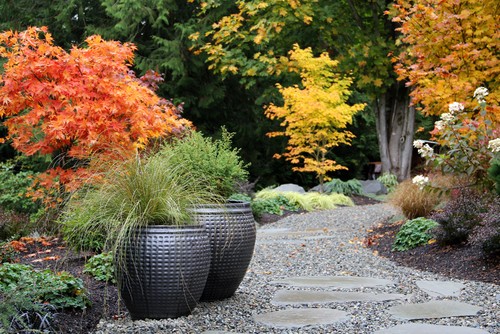
Photo by Bliss Garden Design – More garden ideas
Gather autumn leaves
Don’t leave those golden autumn leaves on the lawn to kill the grass and blow about filling up the gutters to ultimately end up in the stormwater drains. Rake them up instead and compost or use as a mulch in garden beds. Well-rotted leaf mould as it’s called is nutrient rich and extremely beneficial to garden soil.
Plant spring flowering bulbs
Now is the time to plant spring bulbs such as Freesia, hyacinth, daffodil, crocus, anemone, Babiana and tulips. Choose a spot with light, well-drained soil or plant in pots that can be moved out of sight after flowering. In warm areas, chill hyacinth and tulip bulbs in the fridge (about 8 weeks) before planting.
Watch out for mildew on roses
Powdery mildew is rife in autumn, particularly when the weather stays warm. To prevent it attacking your roses hose their leaves a couple of times a week. This will raise the humidity therefore stopping the powdery mildew spores from maturing, but do it in the morning only. Moisture on leaves overnight is what powdery mildew loves best.
Roses also enjoy a sprinkle of potash around their drip line at this time of year. Water in well, particularly if the weather is dry.
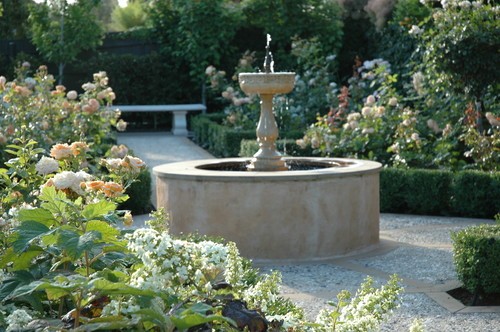
Take hardwood cuttings
For free new plants to fill up bare spots in the garden, take cuttings now from lavender, roses, box, Hebe and hydrangea and other woody shrubs. Remove most of the leaves and dip end of cutting into rooting hormone before placing into a sandy, well-drained soil mix. Keep moist and wait for cuttings to take root and produce leaves in spring.
Pot up winter flowering annuals
When it comes to pretty flowers for your pots and bare spots in the garden during late winter and spring, simply remember the three Ps – pansies, Primula and Polyanthus. Mix up with cineraria as shown here, and other annuals. Sow seed now in trays or punnets or look out for seedlings at the garden centre.
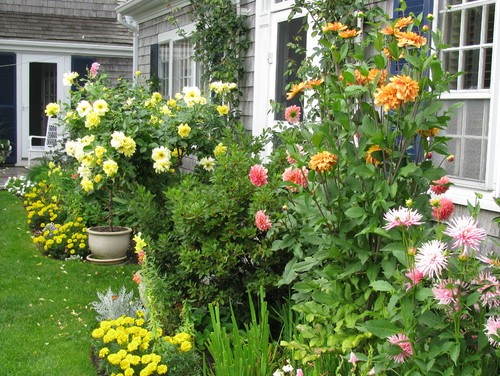
Photo by JuliaGarden Design Ltd. – More garden ideas
Divide perennials
Dig up and divide large clumps of perennials such as dahlias, cannas, daylilies, Dietes, Euphorbia, foxgloves, Hosta, peonies and red hot pokers. Use a sharp knife or spade to break up clumps, keeping the outside bits for replanting or giving away, but throwing the old central core onto the compost. This will revitalise plants so they’ll produce more flowers next season.
Give tired lawns a boost
Autumn is a good time to sow new lawns and revitalise existing ones, but ideally wait until weather is cooler with some rain likely. Before sowing seed, remove stones and difficult weeds such as dock and dandelion.
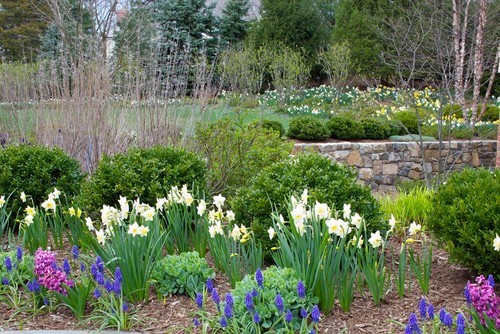
Plant new trees
Autumn is an ideal time to plant new trees or shrubs provided the soil is reasonably moist. If soil is heavy clay add compost, sheep pellets or other organic matter to improve its structure and encourage worms.
Make sure the planting spot isn’t on top of underground services such as sewerage drains or power cables. If unsure, you should contact the service provider who can supply plans for your section.
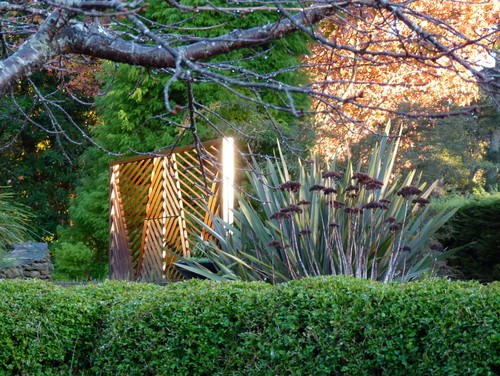
Mulch frost tender plants
In places with very cold winters it pays to lift frost-tender plants such as cannas. Dry the rhizomes in the sun and store them in the garage or shed over winter
Allow plants to set seed
Some flowering perennials such as sedum (pictured) and coneflower (Echinacea), grasses also, have lovely seed heads. Think about leaving those you like on the plant during winter to add interest to the garden. Rose growers recommend leaving some flowers on plants to set hips (red/orange berries). Rose hips not only look attractive but help maintain vigour.





